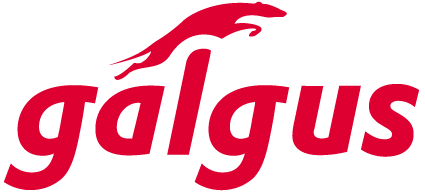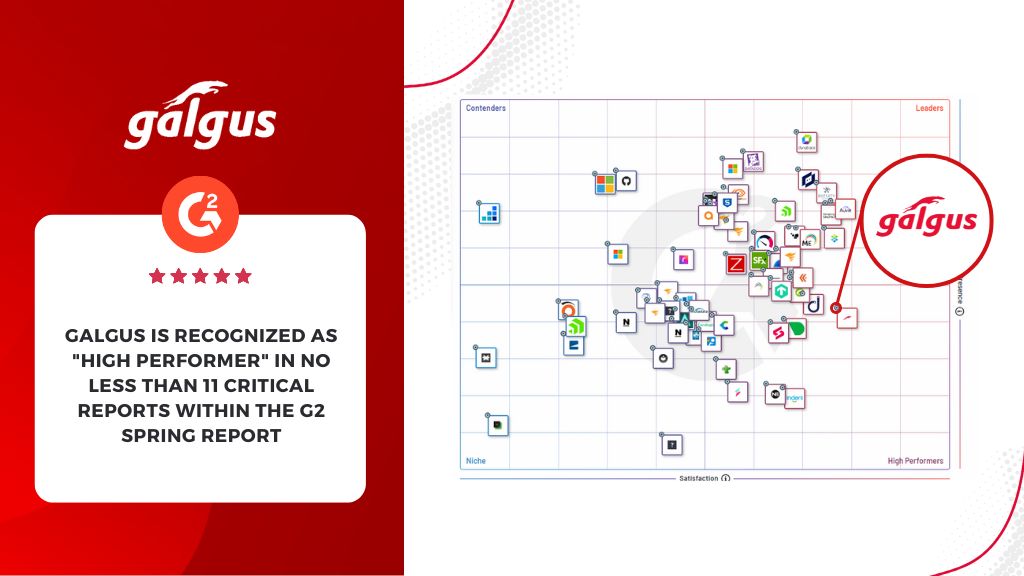WiFi analytics technology allows you to collect and analyse data on customer and visitor behaviour and preferences, and use it to improve your spaces, staff management and service offerings. In this article, we show you five practical applications of WiFi analytics that will help you optimise your operations and offer a personalised experience to your customers or users.
WiFi analytics addresses many different types of technologies, for example, WiFi Location Analytics, has already established itself as a differentiating solution for the control and organisation of people flows. An alternative widely used by companies and institutions looking to optimise their operations and offer a better experience.
Its value is such that the WiFi analytics market is expected to reach $16.8bn by 2024, growing at an annual rate of 26% from 2019 (
Markets and Markets data).
Therefore, the time has come to take a closer look and discover the full potential of this technology for businesses and public administrations, and to present some of its most relevant applications.
What WiFi analytics is and how it is useful
WiFi analytics is a technology that uses signals from mobile devices connected to or in the vicinity of a wireless network to
collect data on the count and behaviour of people in a given physical space.
This data includes information such as the number of people present, their location within the space, the duration of their visit or their movement patterns.
This applies to
all types of scenarios, whether indoors or outdoors, such as a
shopping centre, an airport or a university campus, among many others.
By analysing this data, businesses and public institutions can gain valuable information about how people move around their establishment and use it to
make informed decisions.
Broadly speaking, we can say that efficient people flow management ensures a smoother and more pleasant
experience for visitors, as well as an optimisation of available assets and services.
In this way, WiFi analytics adds value to wireless networks by providing much more than just internet access. In fact, many companies and organisations decide to deploy a network solely to take advantage of this
location data, leaving connectivity to one side.
5 WiFi analytics applications that revolutionise people flow management
Here are five ways in which WiFi analytics can maximise efficiency in managing the flow of people for businesses and institutions.
1.- Optimisation of space distribution
By drilling down into the data provided by WiFi analytics, you can gain insight into the areas that experience the most congestion and bottlenecks. With this, space can be strategically
redistributed to alleviate these problems and create a more efficient flow of people.
This allows them to make informed decisions on how to allocate resources and adjust their space allocation accordingly.
For instance, key services can be repositioned, such as seating areas or product displays; or, if an area is consistently under-utilised, options such as converting it into a more functional space or integrating it with another area to create a more dynamic environment can be considered.
2.- Improving staff planning
With the help of WiFi analytics, you can better understand the flows of people throughout the day, the week or the most convenient time slot.
This enables companies and organisations to make informed decisions regarding the management of their human resources.
This way they can ensure that they have the right
number of employees during peak periods, avoiding long waits and dissatisfied users.
On the other hand, WiFi analytics can also help companies
avoid overbooking during off-peak periods, ultimately saving costs and optimising operational efficiency.
3.- Personalisation of the visitor experience
By analysing visitor patterns and preferences, companies and public bodies can learn more about how people interact with their physical spaces. This information can be used to tailor their visitor experience and provide
the most personalised offer possible.
For example, let’s say a customer spends a lot of time in a particular area of a shop. With the help of WiFi analytics, the company can detect this behaviour and quickly send him a personalised offer to his smartphone, prompting him to make a purchase in that particular area.
This level of personalisation not only improves customer satisfaction, but also
increases the likelihood of a sale.
In addition, WiFi analytics can help companies identify trends and patterns in customer behaviour, such as popular products or areas of interest.
With this information, companies can
optimise their marketing strategies, product placement and overall experience.
From the point of view of
public administrations, knowing with certainty the habits of citizens and tourists greatly facilitates the management of services and tourism offerings, shaping a city with a higher quality of life and a smarter destination.
4.- Proactive queue management
WiFi analytics makes it possible to quickly identify areas where long queues tend to form, allowing them to take proactive measures to reduce waiting time.
This not only helps to streamline operations, but also improves user satisfaction.
For example, with the information provided by WiFi analytics, businesses can make informed decisions about
opening additional checkouts in a shop during peak hours.
By distributing customers among several checkouts, waiting time can be reduced considerably, resulting in more satisfied customers and increased sales.
In addition, WiFi analytics can also enable businesses to send real-time notifications to visitors,
directing them to less congested areas of a venue. This proactive approach ensures that customers are guided to areas where they can have a better experience,
avoiding unnecessary crowds and delays.
5.- Improving security
WiFi analytics not only improves operations and the customer, citizen and tourist experience, but also plays a crucial role in reinforcing measures for their protection.
In fact, it is a resource used for capacity control. An application that was very popular during the COVID-19 health alert, and which is now maintained to avoid crowds that pose a risk to people’s physical integrity.
This also makes it possible to identify the areas most prone to burglary due to their high density of people. Measures can then be taken to reinforce security there, either with the presence of police, private security and/or the installation of cameras or other devices.
On the other hand,
during large events, WiFi analytics speeds up and makes more effective the deployment of security devices, which include health care points, evacuation routes or police and fire stations, among others.
Common challenges and solutions in using WiFi analytics for people flow management
Despite the enormous appeal of these WiFi analytics applications, their implementation faces a number of challenges on which reliable results depend.
If these are not overcome, an investment will have been made that will only provide data that do not correspond to reality and will most likely lead to erroneous decision-making.
The first of these challenges is to be able to
count the number of people present in the study area who are not connected to the WiFi network.
It is very common that, if you enter a space such as a shop, shopping centre or if you are walking around the city, you do not automatically connect to the available WiFi network and continue with your mobile data. This can happen either because you don’t know that there is such a WiFi network, or because it’s convenient to not have to go through the connection process.
For whatever reason,
the number of people whose devices are not connected to the WiFi network can be a very large proportion of the total. Not counting them can therefore have dire consequences for management.
On the other hand, we must take into account that a good part of modern devices
randomise their MAC addresses. This can cause
a single device to be counted as several, greatly exaggerating the actual number of devices present in the area.
Finally, there is the growing concern for
privacy. WiFi analytics solutions must therefore scrupulously comply with all legal regulations in this respect, working with completely anonymised data.
Challenges that
Galgus’ Presence & Location Analytics technology overcomes by far, with a count accuracy higher than other alternatives on the market, reaching 95%.
A solution present in business and public projects all over the world. Therefore, we would like you to take a look at a real application case, such as the
success story of the Santa Cruz neighbourhood in Seville, which we developed together with the Seville Smart Tourism Office.
You can do so by watching this on-demand webinar completely free of charge. Come and join us!









